Where Does Software Come From Origins and Development Process
Software is an essential part of our modern lives, shaping the way we work, communicate, and interact with the world around us. It's the set of programmed instructions that enable digital computers to execute specific tasks. As a fundamental aspect of the Information Age, it's vital to understand the origins of software and how it has evolved over time.
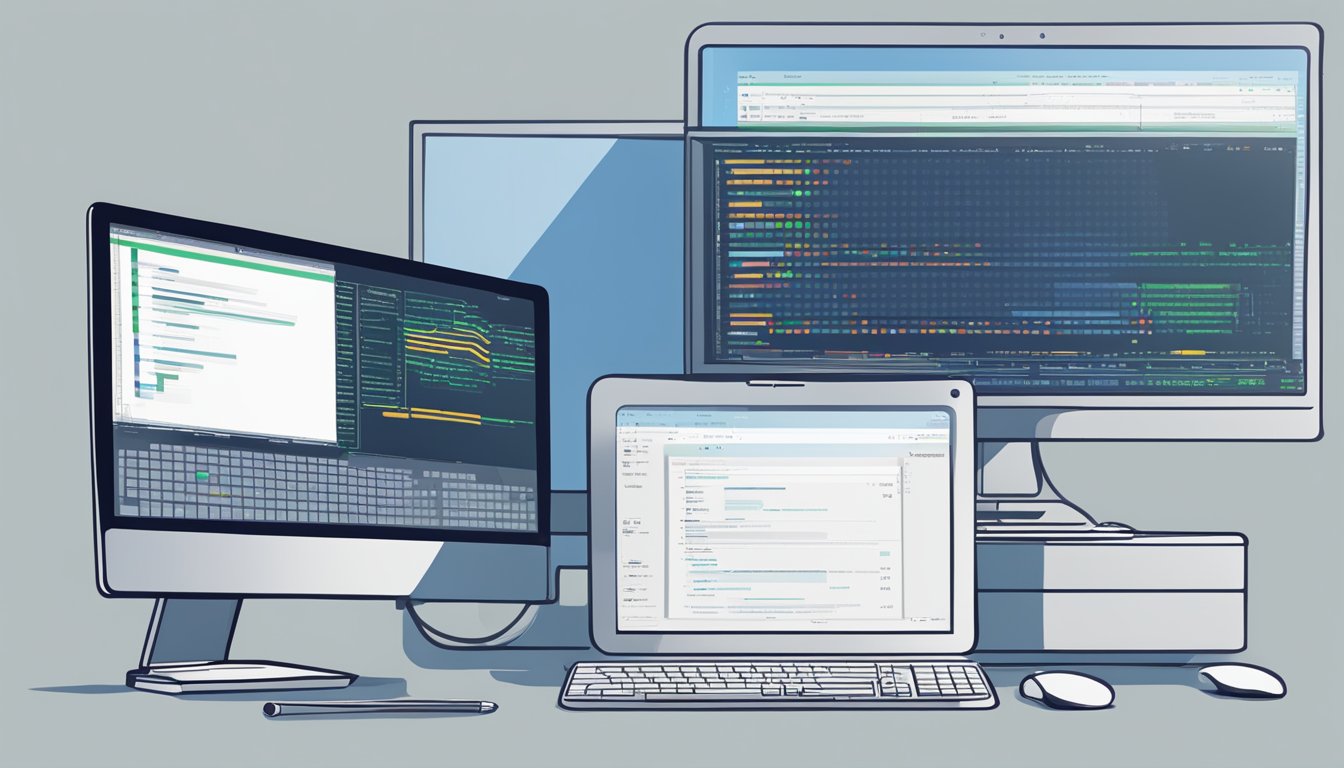
The history of software can be traced back to the 19th century, when Ada Lovelace developed programs for Charles Babbage's Analytical Engine. However, the term "software" was first used in an engineering context in 1953 by Richard R. Carhart in a Rand Corporation Research Memorandum. Since then, the software development process has grown in complexity and variety, with different types of software created to fulfill a vast array of functions and needs.
As we continue to rely on software in our daily lives, it's crucial to consider the future trends in software creation and how they may shape the digital landscape. Understanding the roots of software and its development will allow us to better navigate this ever-evolving domain and make informed decisions about the software we use and create.
Key Takeaways
- Software has evolved significantly since its inception in the 19th century
- Understanding the development process and types of software can inform our decisions in the digital domain
- Future trends in software creation will continue to shape how we interact with technology
Origins of Software

Evolution of Computer Systems
In the early days of computing, simple computer systems were created for basic calculations and data storage. It all started with the Manchester Small-Scale Experimental Machine, also known as the SSEM or "Baby." It was developed by computer scientists Tom Kilburn and Freddie Williams, who ran the world's first software program to execute mathematical computations.
Another significant event was the development of digital storage technology by Tom Kilburn in 1948. This permanent digital storage technology revolutionized computing, enabling the creation of more advanced computer systems.
Birth of Programming Languages
The first programming languages emerged in the late 1950s and 1960s, as computer systems evolved and researchers sought more efficient ways to communicate with them. The first high-level programming languages included Fortran (1957), LISP (1958), and COBOL (1959). These languages simplifed coding, which allowed a wider range of people to create software.
The theory about software can be traced back to Alan Turing's 1936 essay, On Computable Numbers, with an Application to the Entscheidungsproblem. Turing's work laid the foundation for the development of modern programming languages and the software that runs on them.
Rise of Software Industries
As software development progressed, the need for standardized methodologies arose. Software engineering became a focused discipline, thanks in part to Margaret Hamilton's work on the Apollo spacecraft. Her contributions led to the term "software engineering" being coined, which helped professionalize the field.
The rise of personal computers in the 1980s and 1990s further propelled the growth of the software industry. Companies such as Microsoft, Apple, and IBM emerged as major players, developing operating systems, productivity tools, and entertainment applications for the masses.
Today, the software industry continues to evolve, with new genres, programming languages, and development methodologies emerging regularly. From its humble beginnings, software has become an essential part of our everyday lives, driving innovation and shaping the future.
Software Development Process
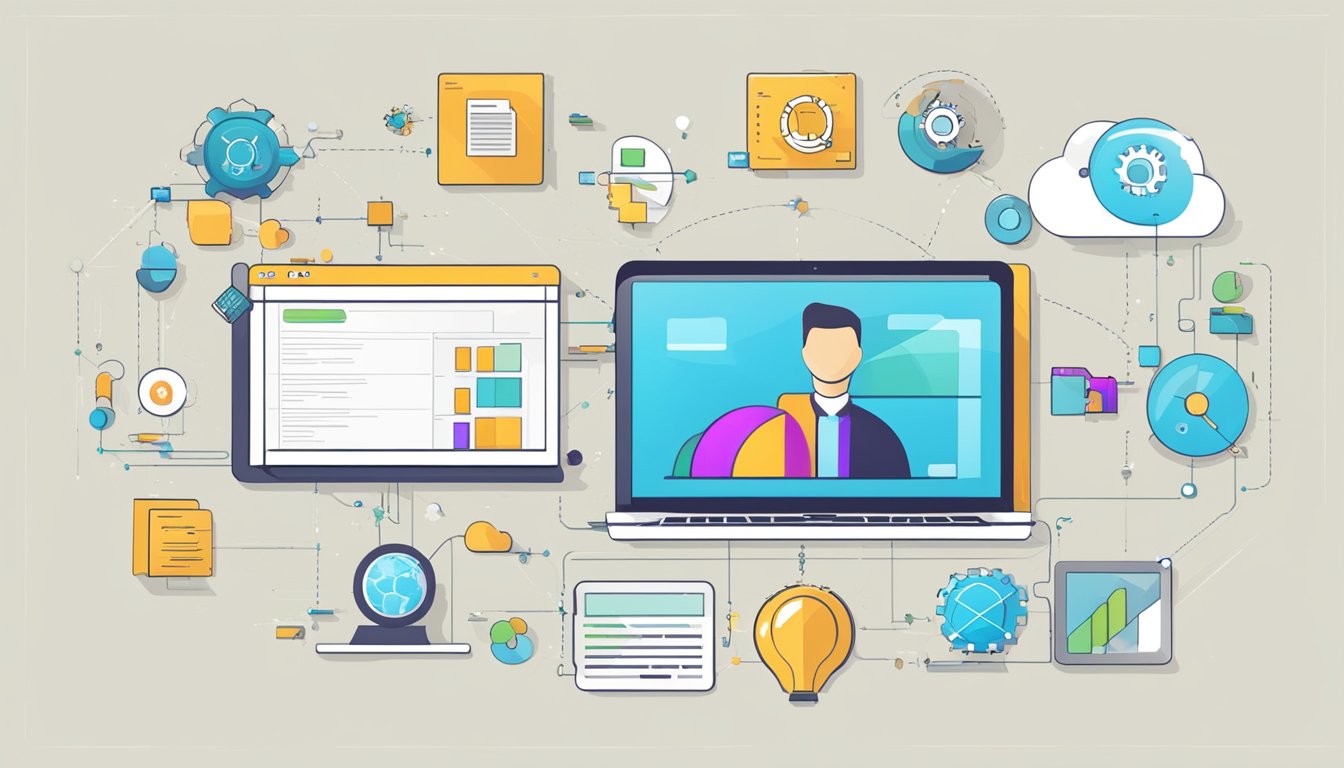
The software development process is a structured approach in creating software solutions. It involves several stages that ensure the delivery of a high-quality and optimized software product. This section will discuss the four main phases within the process: Design, Coding, Testing, and Maintenance.
Design
During the design phase, developers and designers create a blueprint for the software. This is done by gathering requirements and analyzing the needs of the target users, as well as the constraints and considerations that come with building the software. The design phase may involve creating wireframes, mockups, or prototypes to visualize and refine the software's user interface and functionalities.
Coding
The coding phase involves translating the design into actual software code. Programmers and software engineers take the blueprint from the design phase and write code in programming languages such as Python, Java, or C++, among others. This is where the main functionality of the software takes shape. Developers use tools, libraries, and frameworks to streamline the coding process and ensure consistency across the project.
Testing
After the coding phase, software undergoes rigorous testing to ensure its quality and effectiveness. This includes functional testing to verify that all features work as intended, performance testing to evaluate speed and efficiency, and security testing to ensure protection against potential vulnerabilities. Any issues and bugs discovered during this stage are addressed and fixed before the product is released.
Maintenance
The final phase in the software development process is maintenance. This ongoing stage involves monitoring the performance of the software, responding to user feedback, and fixing any bugs or issues that arise after its release. It may also include making updates or enhancements to improve the user experience and extend the software's lifespan. By maintaining the software throughout its life, developers can sustain its reliability and ensure its continuous relevance to its users.
Types of Software
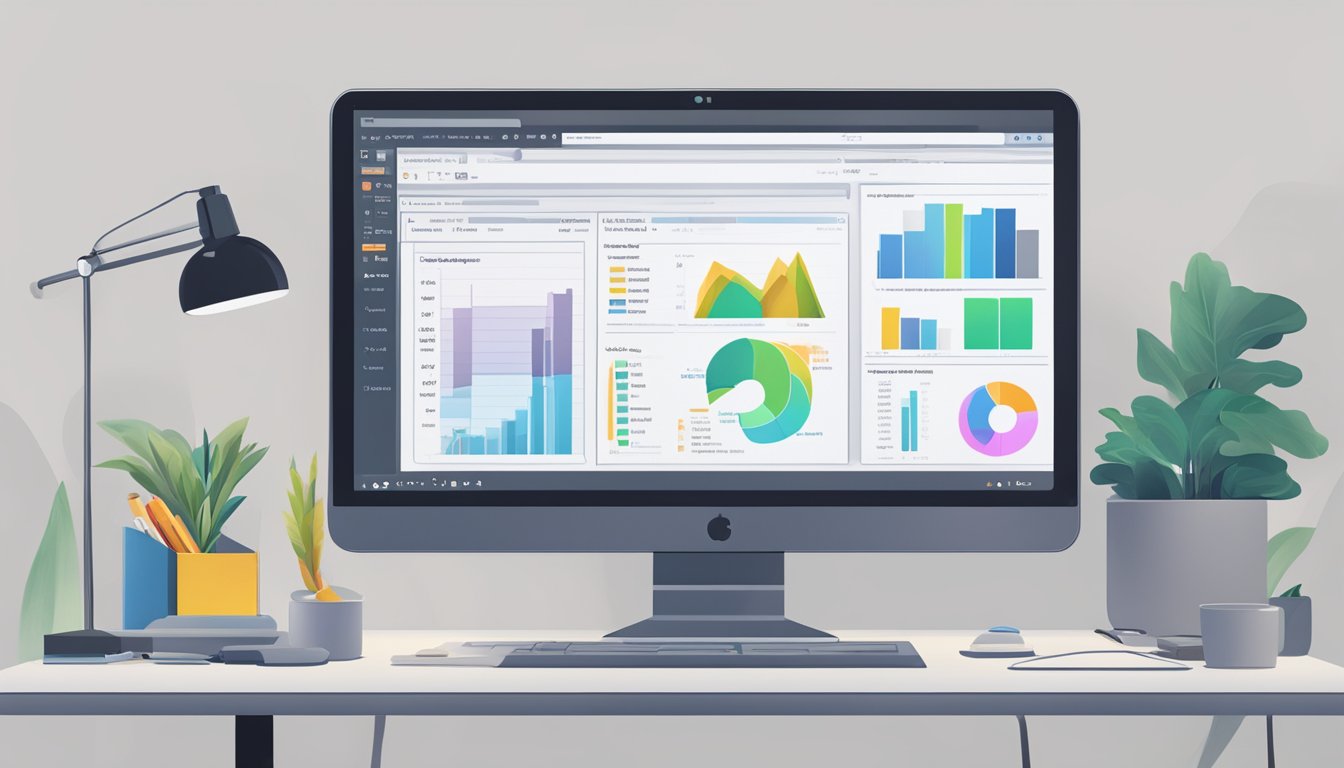
Software is an essential part of modern computing systems, allowing devices to perform complex tasks and provide functionality to users. There are two main categories of software: application software and system software. Each type serves a specific purpose and offers unique capabilities to users.
Application Software is designed to fulfill a specific need or perform tasks. It includes a wide range of programs, such as word processors, spreadsheets, media players, and graphic design tools. These programs interact with end users, allowing them to create documents, edit images, or manage their personal finances. Examples of application software include Microsoft Word, Adobe Photoshop, and VLC Media Player.
System Software is responsible for managing the computer's hardware, providing a platform for applications to run on, and ensuring overall device functionality. The most prominent type of system software is the operating system (OS), which allows the device to boot up and manages the user interface, file system, and other essential elements. Examples of operating systems include Windows, macOS, and Linux.
A critical aspect of the software is its development process, which involves writing code, debugging, testing, and deploying. Developers create software using various programming languages and tools, such as C++, Java, or Python. Once the code is complete, it undergoes thorough testing to ensure it meets quality standards and performs as intended. Finally, the software is packaged and distributed, often through online app stores or other distribution channels.
In summary, software plays a critical role in enabling computers and devices to perform a vast array of tasks. Application software caters to specific user needs, while system software serves as the backbone of the entire computing ecosystem. Both types of software undergo rigorous development processes to ensure optimal performance and user satisfaction.
Future Trends in Software Creation
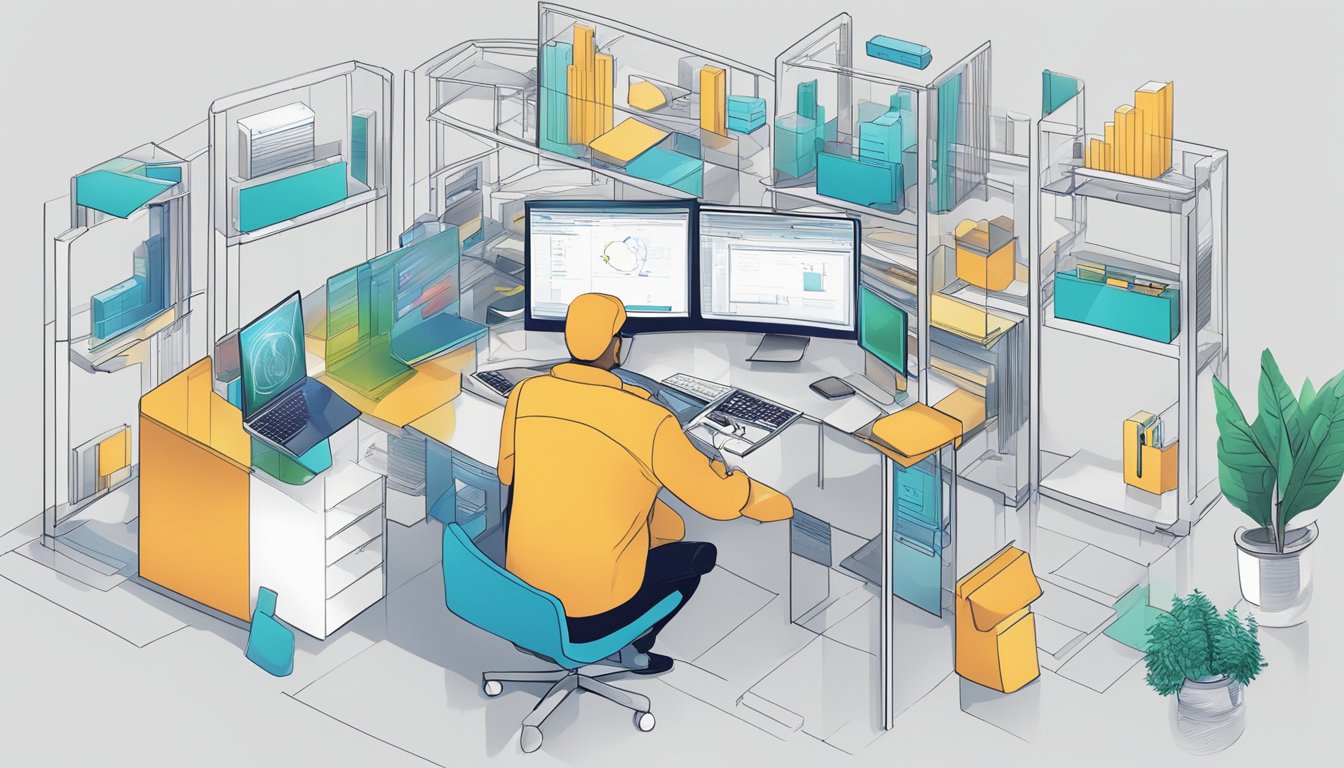
The future of software development promises innovative technological advancements and revolutionary strategies. One key area of growth is the expansion of XR-powered training platforms, interactive customer experiences, and collaborative work environments. The power of extended reality (XR) will help transform industries such as education, healthcare, e-commerce, gaming, and design 1.
Another emerging trend in the software industry is the rise of low-code development. This approach enables businesses to build applications quickly and efficiently, with minimal coding experience required. As a result, more companies will adopt low-code platforms to accelerate their digital transformation and streamline production processes 2.
Advancements in artificial intelligence (AI) and machine learning (ML) are also expected to shape the future of software creation. These cutting-edge technologies will enable more sophisticated programs and software solutions, which businesses will utilize to improve decision-making, automate tasks, and optimize customer interactions 3.
Furthermore, the remote work era has spurred growth in cloud computing and software-as-a-service (SaaS) models. As organizations continue to adopt remote work policies, the demand for accessible, scalable, and secure cloud-based software solutions will only increase. This shift will likely have a significant impact on the future of software development, as developers need to adapt to the changing landscape and create software suited for these demands 2.
Lastly, quantum computing is rapidly developing and holds the potential to transform various industries. By 2035, some sectors could gain up to $1.3 trillion in value as a result of quantum computing advancements 4. The potential impact on software creation would be immense, as quantum computing can significantly enhance computational power and problem-solving capabilities.
Frequently Asked Questions
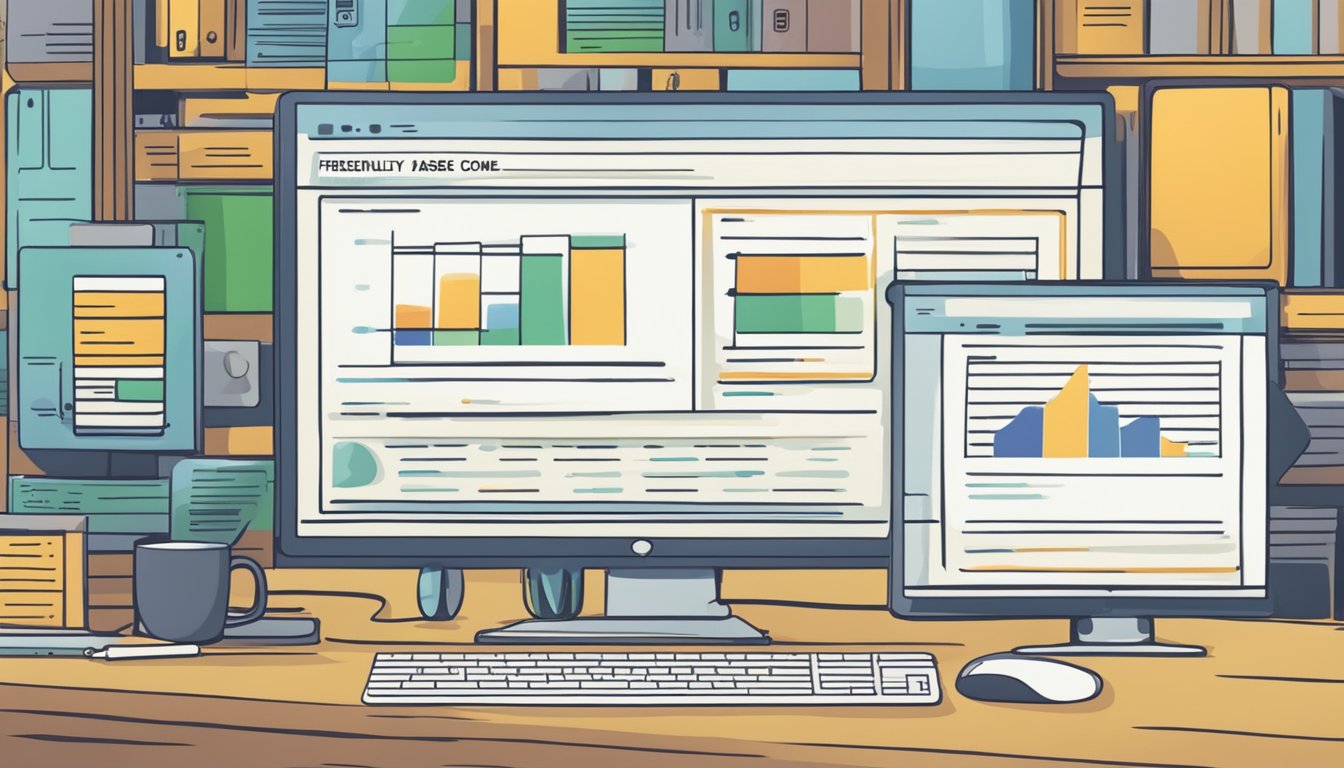
How is software developed?
Software development is a process that involves translating user requirements into a set of instructions that a computer can execute. This process usually follows a set of steps, often referred to as the software development lifecycle (SDLC). These steps may include requirements gathering, design, implementation, testing, and deployment. The development process may also involve collaboration between various team members, such as software developers, project managers, and quality assurance professionals, to ensure the final product meets the desired specifications.
What are the different types of computer software?
Computer software can be broadly categorized into two types - system software and application software. System software includes the operating system and device drivers that manage the underlying hardware resources. Application software, on the other hand, is designed to perform specific tasks or provide services to the user, such as word processors, web browsers, and video games.
It is important to note that there are numerous other subdivisions and classifications of software based on its purpose, audience, and licensing model, such as open-source and closed-source software.
Who are the pioneers of software programming?
There are several notable figures who have made significant contributions to the field of software programming. One of the earliest pioneers is Ada Lovelace, who has been credited with writing the first computer program for Charles Babbage's Analytical Engine in the 19th century. Other early programmers include Alan Turing, Grace Hopper, and John von Neumann, who played crucial roles in the development of modern programming languages, algorithms, and computer architectures.
What is the history behind computer software development?
The history of computer software development dates back to the 1940s and 1950s, when the first electronic computers were built. Initially, software instructions were hardwired into the hardware, but with the invention of stored-program computers, software could be loaded from external memory devices. This breakthrough marked the beginning of the Information Age.
Over time, programming languages have evolved, and software development methodologies have been refined to improve efficiency, reusability, and maintainability of code. In the last few decades, the software industry has grown exponentially, affecting nearly every aspect of modern life.
Which was the first software company?
Autonetics, a division of North American Aviation (NAA), is considered to be the first company that recognized the potential of software development and established a separate division for it in 1955. Other early software companies include IBM and Computer Sciences Corporation, which started creating and distributing software for commercial users in the 1960s.
What are some examples of system software?
System software comprises operating systems, device drivers, and utility programs that manage hardware resources and provide a foundation for application software to run. Examples of system software include Microsoft Windows, macOS, Linux, and the various device drivers that enable hardware components to communicate with the computer's operating system.
Footnotes

We are committed to delivering a new level of automation that will help organizations save time, money, and staffing resources.
 WRITE FOR US!
WRITE FOR US!
